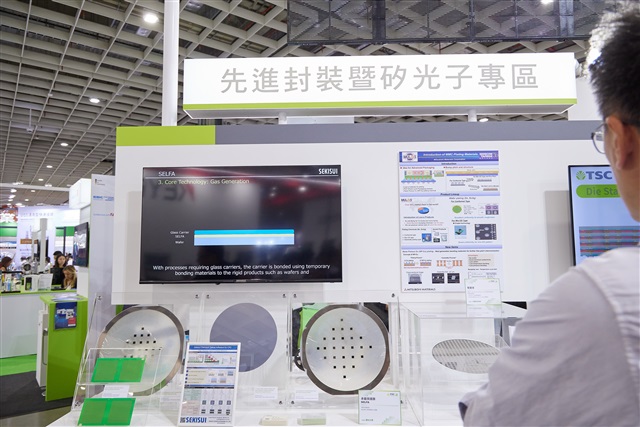As Moore's Law slows, advanced packaging has become the critical lever driving breakthroughs in AI chip performance, according to DIGITIMES chief semiconductor analyst Tony Huang. Speaking with DIGITIMES Asia, Huang emphasized that heterogeneous...
The article requires paid subscription. Subscribe Now



